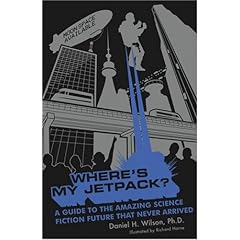Executive Summary:
Educational Practices of Six Effective Tennessee Schools (pdf file)
1. Principals receive frequent reports on individual student progress towards the Tennessee curriculum standards.
2. Teachers receive frequent reports on the progress of each of their students.
3. Schools keep parents regularly informed about their children’s progress and ask the parents for assistance when children are having difficulty achieving a particular state
objective.
4. In addition to Tennessee’s TCAP examinations, these schools use supplemental tests that assess the same knowledge and skill domains sampled by the state examination.
5. Schools use criterion-referenced progress tests.
6. Schools set mastery criteria higher than those required by the state curriculum standards.
7. Principals use student progress reports scores to evaluate each teacher’s effectiveness in bringing about student achievement gain.
8. Principals and teachers collaboratively group students to optimize student progress.
9. Teachers employ supplemental learning activities when one or more students are having difficulty achieving a particular objective, even though the rest of students have mastered
that skill.
10. Teachers who are experiencing difficulty in particular areas of teaching are mentored by the principal and other teachers.
11. Teachers and principals select activities that allow students to practice the knowledge and skills that will be tested.
12. Schools have adopted school-wide programs that reward positive social and academic student behaviors.
13. Principals acquire additional resources to help teachers whose students are making insufficient progress.
14. Schools survey parents annually to assess satisfaction with the school’s services.
Heaven on Earth.




